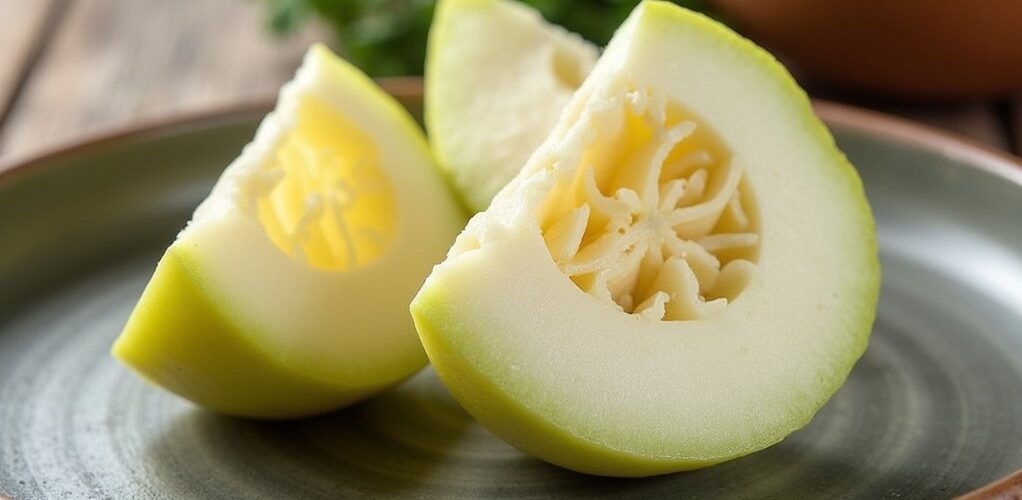
Jicama is indeed a low-carb friendly root vegetable, containing only 4.1 grams of net carbs per 100-gram serving. With 6 grams of fiber per cup and just 38 calories per 100 grams, it fits well within most carb-restricted diets, including ketogenic plans that typically allow 20-30 grams of net carbs daily. Its crunchy texture and versatility make it an excellent substitute for higher-carb vegetables like potatoes. Understanding jicama's preparation methods and storage techniques can maximize its dietary benefits.
Key Takeaways
- Jicama contains only 5 grams of net carbs per cup, making it a suitable choice for low-carb and ketogenic diets.
- With 38 calories per 100g serving, jicama provides a low-calorie alternative to starchier root vegetables like potatoes and sweet potatoes.
- Jicama's high fiber content (6 grams per cup) helps offset its total carbohydrates, resulting in fewer net carbs.
- Compared to potatoes (17g) and sweet potatoes (20g), jicama's 4.1g net carbs per 100g makes it significantly more low-carb friendly.
- Portion control remains important, but jicama can fit within the typical 20-30 gram daily net carb limit of ketogenic diets.
Understanding Jicama's Nutritional Profile
Jicama, a root vegetable prized for its crisp texture and subtle sweetness, stands out as a favorable option for those following low-carb dietary plans. With just 4.1g of net carbs per 100g serving, this versatile vegetable fits well within most low-carb eating patterns while delivering substantial nutritional content.
A closer examination of jicama's composition reveals impressive numbers, particularly regarding dietary fiber. In a one-cup serving of raw jicama slices, the total carbohydrate content of 11 grams includes 6 grams of fiber, resulting in only 5 grams of net carbs.
Beyond its carbohydrate profile, jicama offers significant health benefits, including a rich supply of Vitamin C and potassium, while maintaining a low caloric content of just 38 calories per 100g serving.
Net Carbs in Jicama: Breaking Down the Numbers
Understanding jicama's net carb content is essential for anyone following a low-carb or ketogenic diet, with a 100-gram serving containing just 4.1 grams of net carbs.
The vegetable's carb profile reveals that one cup of raw, sliced jicama contains 11 grams of total carbohydrates, but thanks to its 6 grams of fiber, the net carb count remains at a manageable 5 grams.
When planning daily carb consumption, jicama's moderate net carb content allows for reasonable portions within a typical ketogenic limit of 20-30 grams, though careful measurement remains important for maintaining ketosis.
Net Carb Content Overview
The net carbohydrate content of this root vegetable makes it an excellent choice for individuals following a low-carb or ketogenic lifestyle. With just 4.1 grams of net carbs per 100 grams, jicama fits comfortably within daily carb intake limits while providing substantial fiber content.
| Measurement | Amount |
|---|---|
| Net Carbs/100g | 4.1g |
| Total Carbs/cup | 11g |
| Fiber/cup | 6g |
| Net Carbs/cup | 5g |
When incorporating jicama into a keto diet, understanding its carbohydrate profile is essential. While the total carbohydrate content may seem high at first glance, the substantial fiber content considerably reduces the net carb impact. This makes jicama a versatile, low in calories option that can be enjoyed while maintaining ketosis within the recommended 20-30 gram daily limit.
Calculating Jicama's Carb Profile
Breaking down jicama's carbohydrate content reveals a favorable profile for those monitoring their carb intake, with calculations showing that every 100 grams contains 11 grams of total carbohydrates. Of these carbohydrates, 6 grams come from fiber, resulting in just 5 grams of net carbs per serving.
This low net carb count makes jicama compatible with daily carb limits typically found in ketogenic diets, which range from 20 to 50 grams.
The high fiber content of jicama contributes to weight management by promoting satiety while maintaining minimal impact on blood sugar levels.
To optimize consumption, proper portion control is essential, and individuals should calculate their serving sizes based on personal dietary goals. Using a macros calculator can help determine appropriate portions that align with specific carbohydrate allowances.
Daily Carb Budget Planning
When planning daily carb consumption, individuals following a low-carb diet can effectively incorporate jicama by calculating its net carb content within their overall budget.
Understanding that a serving of raw jicama contains approximately 5 grams of net carbs per cup helps guarantee accurate tracking within daily limits.
For those following a ketogenic diet with a daily net carb allowance of 20-30 grams, proper portion control becomes essential.
Using a keto macros calculator can help determine precise individual limits and how jicama, as a low-carb option, fits into the daily plan.
Glycemic Index and Blood Sugar Impact
Jicama's low glycemic index makes it an excellent choice for managing daily blood sugar levels, as it releases glucose slowly into the bloodstream.
The root vegetable's minimal impact on blood sugar allows individuals to incorporate it into their meals without experiencing significant glycemic spikes.
For those monitoring their glycemic load, jicama offers a balanced approach to carbohydrate consumption while providing essential nutrients and dietary fiber.
Blood Sugar Response Levels
Thanks to its remarkably low glycemic index and unique fiber composition, jicama stands out as an excellent choice for individuals seeking to maintain stable blood sugar levels.
Studies have shown that jicama's high fiber content, particularly inulin, helps slow down carbohydrate absorption, preventing sudden spikes in blood glucose. With only 5 grams of net carbs per 100g serving, jicama effectively supports healthy blood sugar regulation while fitting comfortably into low-carb dietary patterns.
Research conducted on mice has demonstrated jicama extract's potential hypoglycemic properties, though more human studies are needed to fully understand these effects.
The combination of its minimal impact on blood sugar levels and substantial fiber content makes jicama an ideal food choice for those managing their glucose levels or following a controlled-carbohydrate eating plan.
Managing Glycemic Load Daily
Understanding how to manage daily glycemic load becomes considerably easier with foods like jicama in one's dietary arsenal. With its low glycemic index and minimal net carbs, jicama supports effective blood sugar management throughout the day.
The high fiber content, particularly inulin, works to moderate glucose absorption, making it an excellent choice for maintaining stable blood sugar levels.
- Contains only 5 grams of net carbs per 100 grams, promoting better insulin sensitivity
- Natural fiber content helps slow down carbohydrate digestion and absorption
- Supports balanced blood sugar levels when incorporated into regular meals
Studies have demonstrated jicama's positive impact on glycemic load management, making it a valuable addition to any blood sugar-conscious diet.
Its natural properties help prevent sudden glucose spikes while providing sustained energy throughout the day.
Health Benefits of Adding Jicama to Your Diet
Adding jicama to your daily diet can provide numerous health-enhancing benefits that support overall wellness. This low carb vegetable offers exceptional nutritional value, particularly for those focused on weight loss and blood sugar management.
With only 38 calories per 100g serving, jicama delivers 6 grams of fiber per cup, promoting digestive health and satiety. Its high vitamin C content strengthens the immune system, while acting as a powerful antioxidant in the body.
The vegetable's potassium content contributes to cardiovascular health by helping regulate blood pressure and maintain proper electrolyte balance. Additionally, jicama's high water content supports hydration, making it an excellent choice for those seeking to maintain a healthy weight while staying properly hydrated throughout the day.
Best Ways to Prepare Low-Carb Jicama Dishes
Preparing jicama in low-carb dishes opens up a world of creative culinary possibilities for health-conscious food enthusiasts. This versatile root vegetable can be transformed into numerous nutritious recipes while maintaining its high fiber content and low-carb profile.
- Raw jicama sticks serve as an excellent alternative to high-carb chips, perfect for dipping or adding crunch to salads.
- Roasted jicama fries tossed with olive oil and seasonings provide a satisfying side dish that fits within low-carb dietary guidelines.
- Spiralized jicama creates noodle-like strands ideal for stir-fries and cold salads.
From invigorating salsas to innovative wraps, jicama's adaptability makes it a valuable ingredient for those seeking low-carb alternatives. Its neutral flavor and crisp texture allow it to complement various dishes while supporting nutrition goals. Avoiding refined carbohydrates like white bread and pasta is crucial for maintaining ketosis, making jicama an excellent substitute in low-carb diets.
Comparing Jicama to Other Root Vegetables
When comparing jicama to other common root vegetables, its remarkably low carbohydrate content becomes apparent.
With only 5 grams of net carbs per 100g serving, jicama stands out as a keto-friendly potato substitute, containing considerably fewer carbohydrates than traditional potatoes at 17 grams and sweet potatoes at 20 grams per 100g serving.
Jicama emerges as an ideal low-carb alternative, offering just 5g net carbs compared to potatoes' hefty 17g per serving.
While radishes offer an even lower carb option at 1.8 grams of net carbs, jicama provides a versatile alternative that more closely mimics the texture of starchier root vegetables.
When measured against other low-carb root vegetables, such as turnips with 6 grams and beets with 9 grams of net carbs per 100g, jicama maintains its position as a competitive choice for those following a carb-restricted diet.
Portion Control Guidelines for Carb Management
Successful incorporation of jicama into a low-carb diet requires careful attention to serving sizes and portion control. With 4.1g of net carbs per 100g serving, tracking portions becomes crucial for maintaining ketosis and supporting weight loss goals. Proper portion management allows individuals to benefit from jicama's high fiber content while staying within their daily carb limits of 20-30g on a ketogenic diet.
- Use a digital kitchen scale to measure precise 100g servings of jicama
- Track daily net carbs through a food diary or tracking app
- Consider fiber content when calculating total carb allowance
- Regularly review and adjust macro targets based on tracking data to ensure they align with your ketogenic goals.
When managing portions, individuals should calculate their specific serving sizes based on personal macronutrient goals using a keto calculator. This approach guarantees jicama can be enjoyed while maintaining steady progress toward weight loss objectives without disrupting ketosis.
Storage Tips to Maintain Freshness and Nutrients
Proper storage of jicama plays an essential role in maintaining its nutritional value and low-carb benefits.
Whole, unwashed jicama can be stored at room temperature in a cool, dark pantry for up to two weeks, while cut pieces should be refrigerated in an airtight container or submerged in water.
Regular monitoring for signs of softness or shriveling helps guarantee the vegetable remains fresh and suitable for consumption, maximizing both its shelf life and nutritional benefits.
Proper Storage Methods
Through careful storage practices, jicama can maintain its crisp texture and nutritional value for extended periods. Proper storage methods involve keeping whole jicama in cool, dark environments away from ethylene-producing fruits.
Once cut, refrigerate the vegetable in an airtight container or wrapped tightly in plastic to preserve freshness for up to a week.
- Store whole jicama in a pantry or cellar at room temperature, checking regularly for signs of softness or mold.
- Keep cut pieces in the refrigerator, properly sealed to maintain food safety and prevent spoilage.
- For long-term preservation, blanch and freeze jicama pieces in freezer-safe containers.
Monitoring storage conditions and implementing these preservation techniques guarantees that jicama remains fresh and nutritious for peak consumption.
Room Vs Cold
Storage temperature plays an essential role in preserving jicama's quality and nutritional value, with both room temperature and cold storage offering distinct advantages.
When kept at room temperature in a cool, dry spot away from sunlight, jicama maintains its crisp texture while remaining easily accessible for daily use. However, refrigeration can considerably extend its shelf life while preserving essential nutritional benefits, including vitamin C and fiber content.
For best results, whole jicama can be stored at room temperature until cut, then transferred to the refrigerator in an airtight container. This dual approach helps maintain freshness and prevents nutrient loss.
The key is ensuring proper air circulation whether storing at room temperature or refrigerated, as excess moisture can lead to spoilage and compromise the vegetable's natural crispness.
Special Considerations for Different Diet Types
For those following a ketogenic diet, monitoring net carbs is essential, with jicama's 4.1g per 100g serving fitting well within daily limits. The vegetable's low glycemic impact makes it particularly valuable for managing blood sugar spikes in diabetic and low-carb eating plans. The keto diet can improve insulin sensitivity, which is beneficial for managing Type 2 diabetes. Ketogenic dieters should practice portion control to maintain ketosis while enjoying jicama's nutritional benefits. Diabetic eating plans can leverage jicama's fiber content and low glycemic index for better blood sugar management. Low-carb dieters can use jicama as a strategic replacement for higher-carb foods like potatoes in various recipes.
Low-Carb Recipe Ideas Using Jicama
Innovative low-carb recipes featuring jicama can transform traditional high-carb dishes into healthier alternatives without sacrificing taste or texture. For those following keto or weight loss plans, jicama's versatility makes it an excellent ingredient for creative meal preparation while maintaining dietary goals. Regular consumption of keto vegetables is linked to reduced inflammation and offers numerous health benefits.
| Recipe Type | Net Carbs | Key Benefits |
|---|---|---|
| Jicama Tortillas | 5g/cup | Perfect for wraps |
| Jicama Fries | 4g/serving | Crispy texture |
| Jicama Sticks | 3g/serving | High in fiber |
| Jicama Slaw | 4g/serving | Fresh crunch |
| Jicama Stir-Fry | 5g/serving | Adds volume |
These fiber-rich recipes provide satisfying alternatives to traditional carb-heavy dishes while supporting digestive health. From crispy baked fries to invigorating salad additions, jicama's natural crunch and mild sweetness make it an ideal low-carb ingredient for diverse culinary applications.
Selecting the Perfect Jicama at the Store
Successful selection of jicama at the grocery store requires attention to specific visual and tactile qualities that indicate peak freshness and flavor. When selecting fresh jicama, shoppers should focus on roots that feel heavy for their size and display smooth, unblemished skin, as these characteristics signal ideal quality and taste.
- Look for firm jicama with no soft spots, wrinkles, or dark blemishes, which could indicate deterioration.
- Choose smaller-sized jicama when possible, as larger ones may have a woodier texture and less flavor.
- Guarantee the skin is clean and free from major scratches or damages.
After purchase, proper storage in the refrigerator's crisper drawer will maintain freshness for several weeks.
Remember to thoroughly wash and peel the jicama before consumption, as the skin is inedible and may contain residues.
Research-Backed Benefits of Jicama Consumption
Beyond its appealing texture and versatility in cooking, jicama offers an impressive array of scientifically-proven health benefits that make it a valuable addition to any diet.
This low carb root vegetable contains significant amounts of dietary fiber, providing 6.4 grams per cup, which supports digestive health and regular bowel movements. Research indicates that jicama's inulin content promotes gut health by nourishing beneficial bacteria in the digestive system.
Additionally, its vitamin C content of 26.3 mg per serving helps protect cells from oxidative stress, while its low glycemic index makes it an excellent choice for blood sugar management.
The vegetable's high potassium levels contribute to cardiovascular health by supporting healthy blood pressure levels, making it a heart-smart dietary choice.
Frequently Asked Questions
Is Jicama Considered Low-Carb?
Jicama is considered low-carb with only 4.1g net carbs per 100g serving. Its nutritional benefits include high fiber content, making it an excellent alternative in recipes requiring careful carb management.
Can You Lose Weight Eating Jicama?
Jicama can support weight loss benefits through its high fiber content and low calorie count. Its nutritional value makes it ideal for meal prep and healthy snacks, while versatile jicama recipes aid portion control.
What Are the Side Effects of Eating Jicama?
While jicama offers health benefits, potential side effects include digestive issues from high fiber content, allergic reactions causing oral discomfort, and toxicity if seeds or vines are consumed instead of the root.
Do You Have to Count Calories When You're on a Low Carb Diet?
While calorie counting isn't mandatory on low-carb diets, tracking calories can enhance weight management results. Combined with smart food choices and meal planning, both diet strategies can support successful outcomes.
Conclusion
Jicama proves to be an excellent low-carb vegetable choice, containing just 5 grams of net carbs per cup. Its high fiber content, low glycemic index, and versatility in recipes make it particularly suitable for ketogenic, paleo, and other low-carb dietary approaches. With its impressive nutritional profile and numerous health benefits, jicama can be confidently incorporated into a balanced, carb-conscious eating plan while adding satisfying crunch and subtle sweetness to meals.
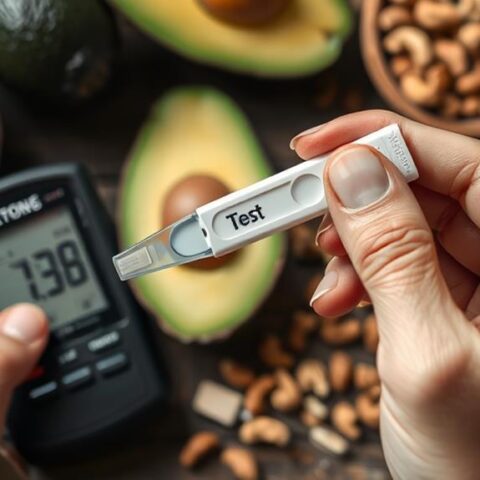
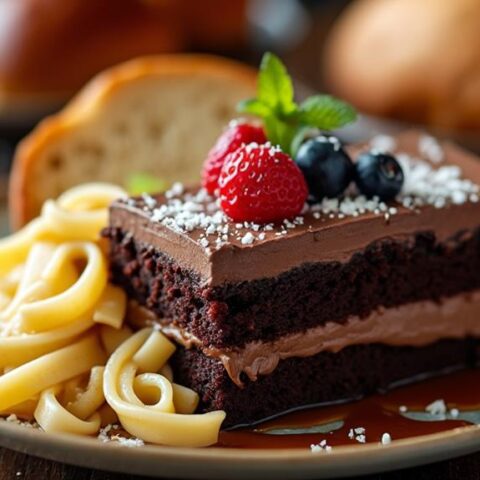
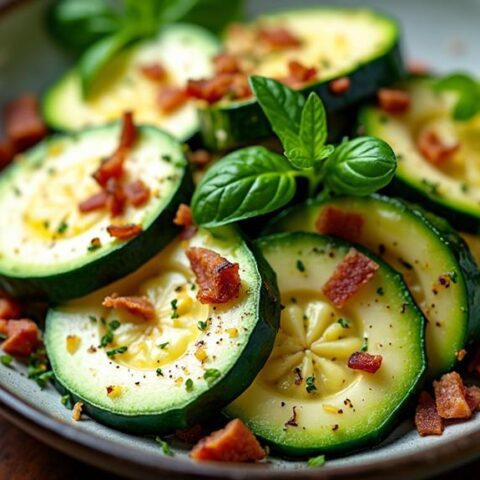


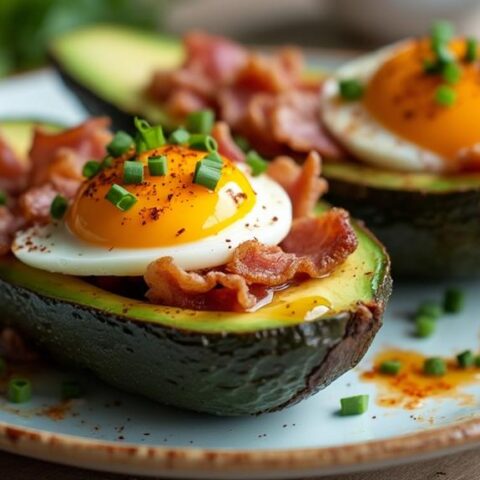
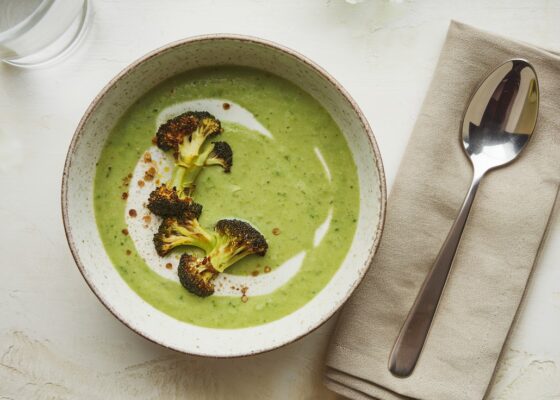

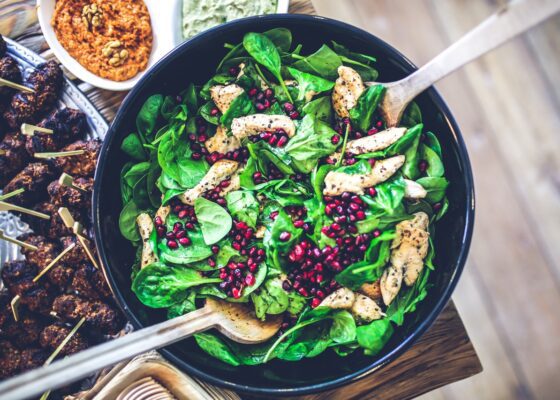

No Comments